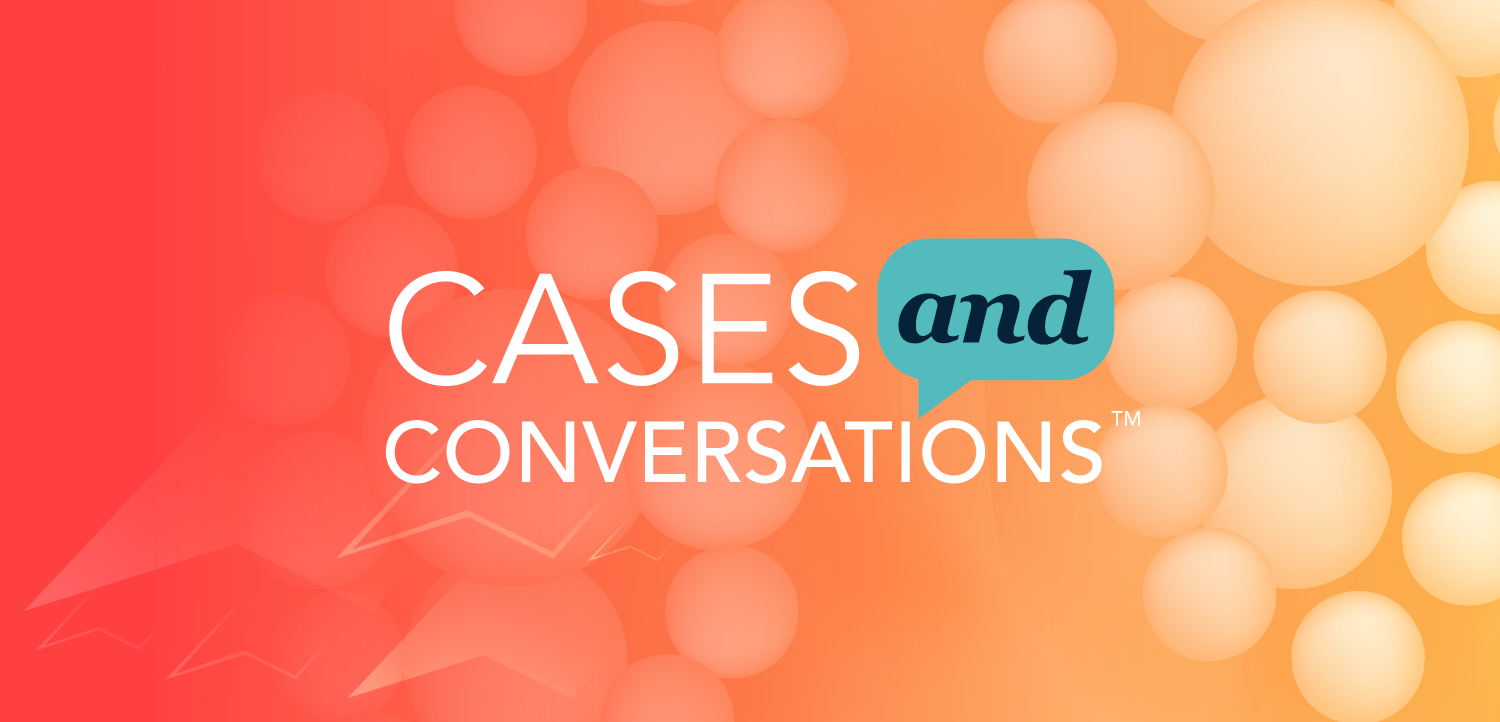
Apixaban May be the Safer DOAC in Afib, Suggests First Large Comparative Analysis
Apixaban was associated with up to a 28% lower risk of GI bleeding vs the 3 other direct oral anticoagulants in the first large-scale comparative analysis.
In patients with
The finding comes from a large-scale multinational cohort study including more than 500 000 new users of the medications that also found the 4 agents associated with similar rates of ischemic
“Direct oral anticoagulants have been prescribed with increasing frequency worldwide in recent years, but evidence comparing them directly has been limited,” said study co-lead author Wallis Lau of the University College of London School of Pharmacy,
Current clinical treatment guidelines recommend use of DOACs over the traditional vitamin K antagonist warfarin to prevent stroke and other sequelae in persons with AF. While all 4 DOACs have been studied against warfarin and found noninferior, however, there are no head-to-head trials of efficacy and safety to guide clinical choice among them, according to study authors.
Lau and colleagues designed their comparative population-based analysis looking at DOAC use in routine clinical practice to help fill that information gap.
While all 4 DOACs have been studied against warfarin and found noninferior, there are no head-to-head trials of efficacy and safety to guide clinical choice among them. This comparative population-based analysis looks at DOAC use in routine clinical practice to help fill that information gap.
The research team tapped 5 standardized electronic health care databases covering 221 million individuals in France, Germany, the United Kingdom, and the US for patients aged ≥18 years diagnosed with AF from 2010 through 2019 who were given a new prescription for a DOAC. Excluded for consideration were patients with a history of mitral stenosis, hyperthyroidism, mechanical heart valve replacement, or transient AF.
The investigators identified 4 outcomes of interest: GI bleeding, a composite of ischemic stroke and systemic embolism, intracranial hemorrhage (ICH), and all-cause mortality. Investigators used Cox regression models stratified by propensity score and pooled using a random-effects model to assess risk of each outcome.
FINDINGS
Final participants for anlaysis numbered 527 226, including 281 320 users of apixaban, 61 008 users of dabigatran, 12 722 users of edoxaban, and 172 176 users of rivaroxaban.
Regarding age distribution across the 5 databases, the proportion of participants aged ≥65 years ranged from 77% to 87% for apixaban, 75% to 83% for dabigatran, 79% to 86% for edoxaban, and 73% to 83% for rivaroxaban.
Over the study period, the authors report there were a total of 9530 ischemic stroke/systemic embolism events, 841 ICH events, 8319 GI bleeding events, and 1476 deaths. After stratification by propensity score, Wong et al found “no precise differences” among the 4 DOACS in ischemic stroke/systemic embolism, ICH, or all-cause mortality.
They did, however, find use of apixaban associated with a lower risk of gastrointestinal bleeding than dabigatran (HR, 0.81 [95% CI, 0.70-0.94]), edoxaban (HR, 0.77 [CI, 0.66-0.91]), or rivaroxaban (HR, 0.72 [CI, 0.66-0.79]). They say no substantial differences were observed for other outcomes or DOAC-DOAC comparisons.
Age, CKD, dosing
Analysis stratified by patient age revealed consistent results among participants aged ≥80 years, with lower risk for GI bleeding among those receiving apixaban than those receiving dabigatran (HR, 0.65 [CI, 0.44 to 0.95]), rivaroxaban (HR, 0.64 [CI, 0.57 to 0.72]), or edoxaban (HR, 0.64 [CI, 0.50 to 0.82]). GI bleeding risk was similarly lower with apixaban than rivaroxaban in a cohort restricted to participants with chronic kidney disease. Investigators point to both groups as often underrepresented in clinical trials.
When they examined standard- vs reduced DOAC dosing, researchers found lower rates of stroke/systemic embolism with apixaban vs rivaroxaban in patients receiving reduced-dose treatment and lower rates with dabigatran vs rivaroxaban but did not observe similar associations among patients receiving DOACs at standard doses
Among the study limitations noted, investigators cite the possibility of residual confounding, a feature inherent to observational studies.
They conclude that while their current results suggest that apixaban might be preferable to other DOACs based on the reduced risk for GI bleeding and similar rates of stroke and ICH, “…as with all treatment choices, a wider consideration of all potential risks and benefits” will still be necessary for individual patients.”
Reference: Lau WCY, Torre CO, Man KKC, et al.
Newsletter
Enhance your clinical practice with the Patient Care newsletter, offering the latest evidence-based guidelines, diagnostic insights, and treatment strategies for primary care physicians.

















































































































































































































































































































